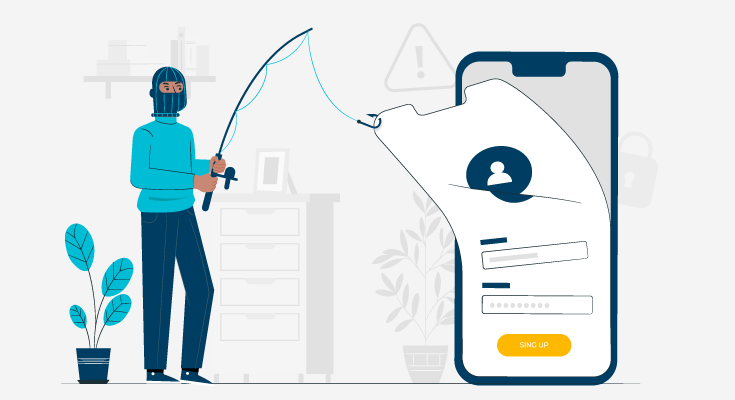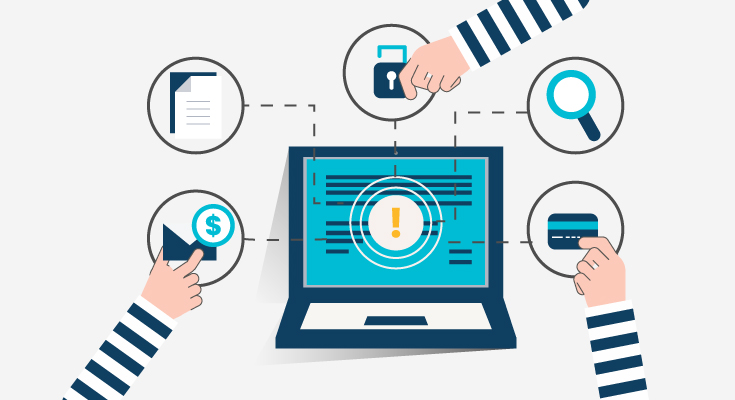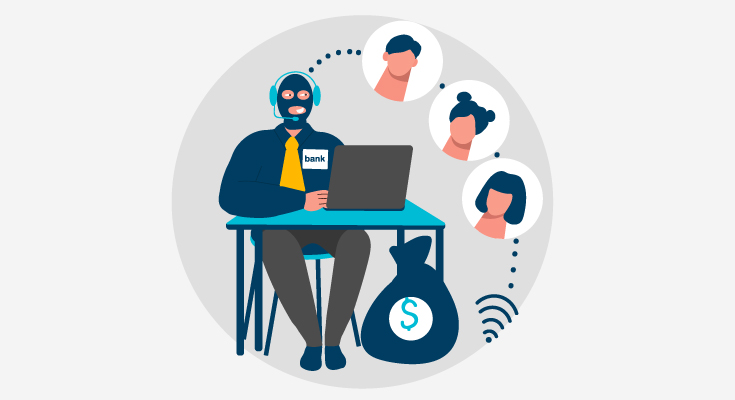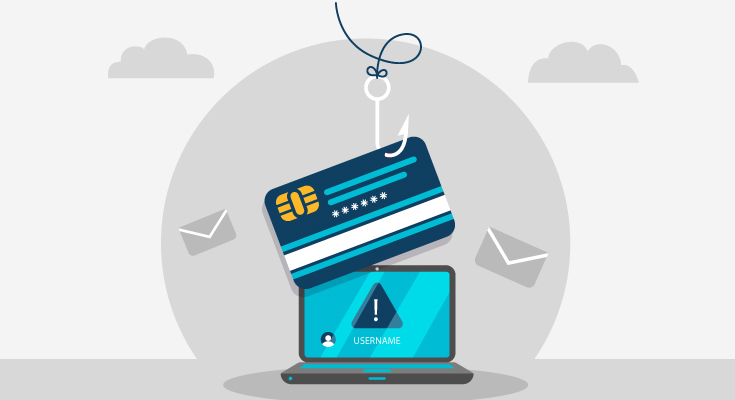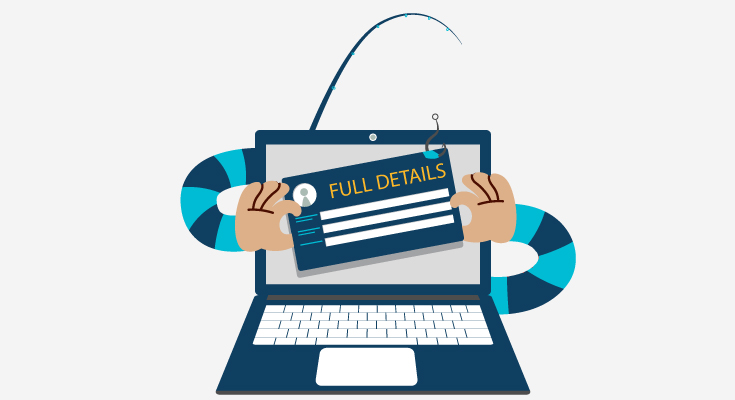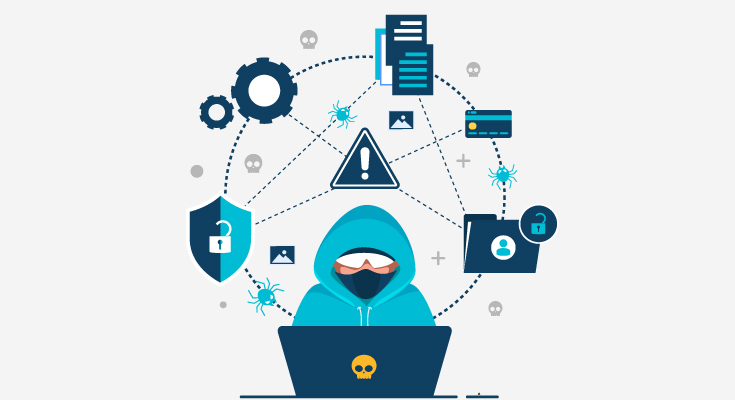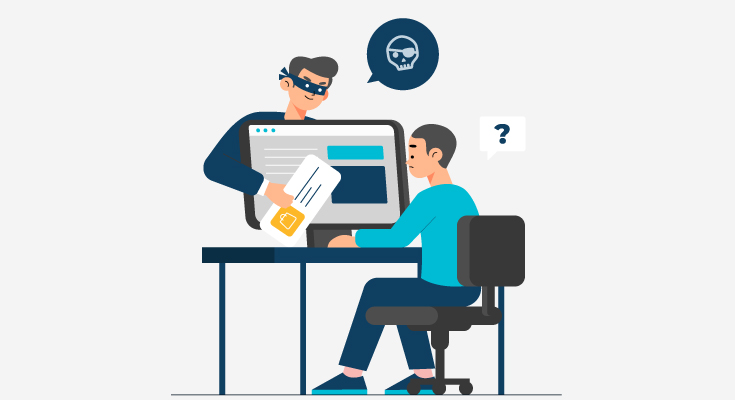The holiday season is upon us, with Black Friday and Cyber Monday just around the corner. As the festive shopping rush begins, it’s important to stay vigilant against potential fraudsters who are gearing up to exploit the season’s hustle and bustle with different holiday shopping fraud.
Whether you’re a retailer hiring seasonal workers or a shopper making wish lists, staying informed about common scams can help you safeguard your financial security.
Here are five prevalent scams that are expected to show up unexpectedly this holiday season.
5 Ways to Protect Against Shopping Scams?
There are some basic steps everyone can follow to prevent holiday shopping fraud. Without proper vigilance, it’s almost impossible to distinguish between legit sellers and scammers.
1. Vigilance Against Phishing Attacks
Phishing attacks are the biggest concern that intensify during the holiday season. At this time of year, fraudsters often deploy emails or text messages designed to lure recipients into sharing personal information or clicking malicious links.
These messages may appear to come from legitimate businesses and offer enticing rewards or promotions for minimal effort.
For instance, fraudsters may exploit the increase in package deliveries by sending fake tracking notifications or emails that claim there’s an issue with a shipped package. The end goal is to prompt recipients to enter sensitive information.
To defend against these scams, it’s crucial to exercise caution and critically evaluate suspicious offers. Ask yourself whether a legitimate organization would request payment details or personal information through such means.
If in doubt, reach out directly to the business using verified contact information to confirm the legitimacy of the message.
2. P2P/Zelle Scams: Be Wary of Unsolicited Calls
Scams involving peer-to-peer (P2P) payment apps like Zelle are an ongoing concern. Use of these apps tends to spike during the holiday season. Fraudsters love to impersonate banks or credit card companies, making unsolicited phone calls to victims.
They may claim there’s been fraudulent activity on the victim’s account and instruct them to transfer money to a purportedly secure account—owned by the fraudster.
In addition, fraudsters may manipulate consumers into making payments through P2P apps outside the legitimate shopping websites.
For example, they might pose as sellers on popular marketplaces and entice buyers to make direct payments through P2P apps to evade fees or secure exclusive deals.
To avoid falling victim to these schemes, stick to the official payment methods offered by trusted websites and never make direct payments to individuals.
3. Guarding Against Account Takeover
Account takeover scams, a time-honored tactic, continue to pose threats during the holiday season. In these scams, fraudsters gain access to victims’ accounts and exploit their credentials to make unauthorized transactions, often targeting e-commerce and retail accounts.
Be vigilant for notifications about unusual orders, shipping addresses, or other account changes. Amid the holiday rush, it’s easy to overlook such notifications, so be proactive in monitoring your accounts.
If you suspect any unauthorized activity, act promptly to secure your account and prevent further fraudulent actions.
4. Promotion Abuse: Don’t Fall for Too-Good-To-Be-True Offers
Holiday sales often tempt consumers with irresistible promotions. Scam artists capitalize on these offers, exploiting promotions that involve referrals, sign-ups, or Buy Now, Pay Later (BNPL) services.
They may open fraudulent accounts to cash in on these promotions or leverage bots to automate the process. Be cautious if you receive confirmation emails about new accounts you didn’t create.
While you might not directly suffer financial losses, the prospect of fraudsters using your personal information illicitly remains a concern.
5. Vigilance Against Fake Websites and Seller Accounts
Fraudsters deploy fake websites and social media accounts to impersonate legitimate businesses, thereby enticing users into divulging personal information or downloading malware.
These fake websites are designed to closely mimic authentic ones, even appearing in search engine results and sponsored ads. Similarly, on e-commerce platforms like eBay, fraudsters create counterfeit seller accounts to trick consumers into paying for nonexistent items or services.
Exercise caution while clicking on links in emails or social media posts to mitigate these risks. Verify the legitimacy of websites before entering personal information. If a deal seems too good to be true, it’s wise to approach it skeptically.
Secure Your Shopping Experience
While the holiday season offers joy and celebration, it also presents an opportunity for fraudsters to exploit unsuspecting consumers.
To protect yourself, remain vigilant, and adopt a skeptical approach to unfamiliar offers or communications. Staying informed about prevalent scams and following best practices can ensure that your holiday shopping remains safe and secure.
Remember, your awareness and proactive response against frauds are powerful tools in thwarting fraudsters’ attempts and preserving the joyous spirit of the season.
FAQs
Holiday shopping fraud involves various deceptive activities that target shoppers during busy holiday seasons, aiming to steal personal and financial information, money, or merchandise.
During holidays, people are often in a rush and more willing to make purchases online or in-store. This creates opportunities for fraudsters to exploit vulnerabilities in payment systems, websites, and customer behavior.
Common types include phishing emails, fake websites, identity theft, counterfeit products, gift card scams, and online auction fraud, where buyers pay but don’t receive items.
Scammers might request payment via gift cards for various reasons (e.g., fake tech support, overdue bills). Once the gift card codes are given to scammers, they can’t be traced or refunded.
Don’t engage with the message. Report it to your email provider and the relevant authorities. If it’s from a legitimate organization, contact them through official channels to verify the communication.

